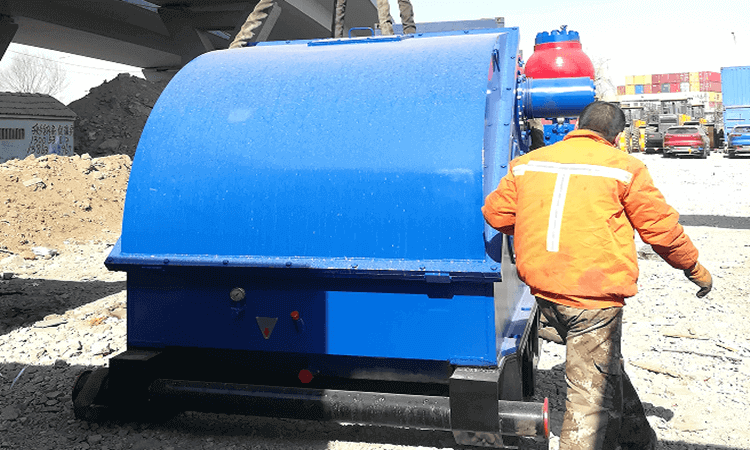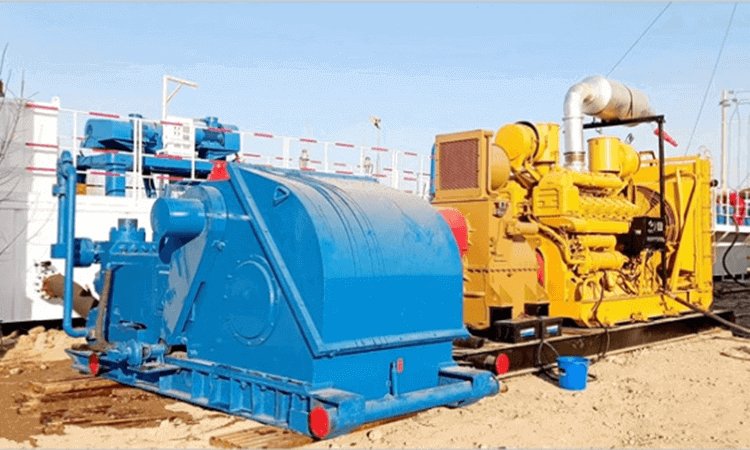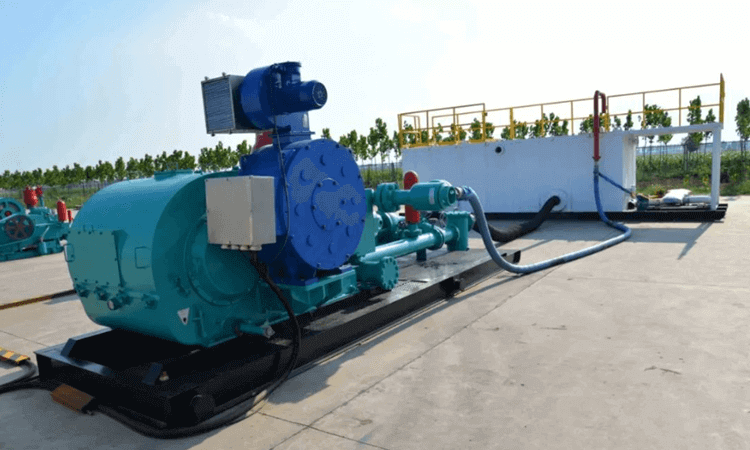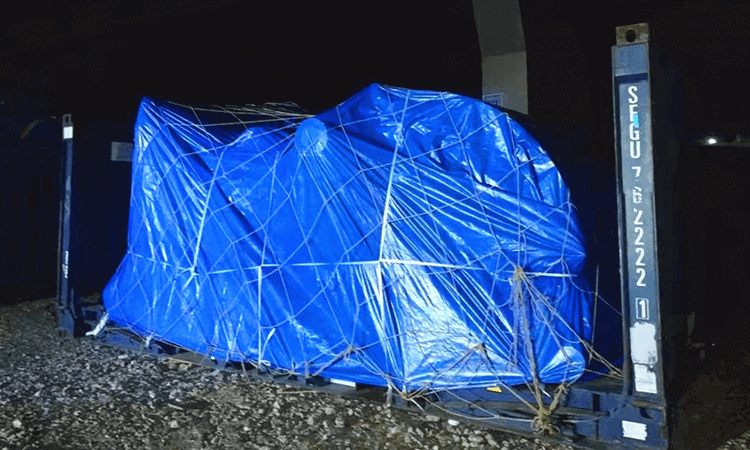Causes of Abnormal Breakage of Mud Pump Connecting Rods
During drilling operations, mud pumps play a vital role in ensuring an efficient and uninterrupted workflow. However, when problems such as abnormal connecting rod fracture occur, it will seriously affect the performance and operating efficiency of the mud pump. Today, Sino Mechanical will discuss the root cause of this problem, troubleshooting methods, and provide suggestions for manufacturers and users.
Observing Internal Components:
The first step in diagnosing the issue of abnormal connecting rod breakage is to examine the internal components of the mud pump. These components include the lubricating oil, gears, crankshaft assembly, and connecting rods within the pump's casing. After a thorough inspection, the following observations were made:

The lubricating oil within the casing is clean, and the oil level meets the required standards.
Gears show normal wear with no signs of broken teeth.
The crankshaft assembly is securely installed with no eccentricity or axial movement.
The connecting rods' upper and lower parts are improperly aligned, likely due to the mismatching of upper and lower connecting rod components.
It should be noted that each connecting rod produced by Sino Mechanical is initially machined as a whole, and after subsequent modifications, there is no problem of upper and lower misalignment. When upper link parts and lower link parts are mixed during assembly, the resulting inner hole may have uneven concentricity, and the planes on both sides may not be on the same plane. As a result, the clearance between the crankshaft and its bearings can become too loose or too tight, causing increased friction, higher oil temperatures, and higher noise levels. Therefore, it is strongly recommended not to mix upper and lower link parts.

Preliminary Assessment of Crankshaft and Connecting Rod Bearing Clearances:
Unusual crankshaft heating or noise in the case can often be attributed to improper clearance between the crankshaft and connecting rod bearings. The inspection method is to engage the clutch handwheel pulley and observe the movement between the crankshaft and connecting rod. Irregular, large, and uneven gaps resembling an oval pattern may cause collisions and noise during a complete rotation, with the estimated maximum gap being approximately 3-4mm. In practice, the clearance control between the crankshaft and the bearing is carefully adjusted, and the circumferential clearance is usually maintained between 0.2-0.35mm. The observed clearance is significantly outside the normal range, and the bearings need to be adjusted or replaced in time to prevent potential failures.
Backpressure Operation Test:
Conducting a backpressure operation test, without any adjustments, can help evaluate the overall performance of the mud pump within the crankshaft casing. This test aims to assess the working conditions without making any modifications to the system.

Inspection and Reassembly of Mud Pump Components:
To comprehensively address the issue, it is crucial to disassemble the crankshaft, connecting rods, and related components. Reassembling the upper and lower connecting rod components with a precision shaft alignment shows clear misalignment between the two parts, including slight offsets in the inner circles. If bearing wear is severe, with uneven wall thickness, adjusting shims might not effectively correct the clearance between the connecting rod and crankshaft. This misalignment can lead to significant swing and collision when the crankshaft rotates, resulting in abnormal relative motion and an increased risk of high-temperature friction and connecting rod breakage.
In conclusion, the abnormal breakage of mud pump connecting rods can be attributed to various factors, including the mismatching of upper and lower connecting rod components and improper clearances between the crankshaft and connecting rod bearings. Addressing these issues through thorough inspections, proper assembly, and timely maintenance is essential to ensure the smooth and efficient operation of mud pumps during drilling activities. Manufacturers and users must adhere to these best practices to prevent potential failures and maintain operational reliability.

.jpg)

